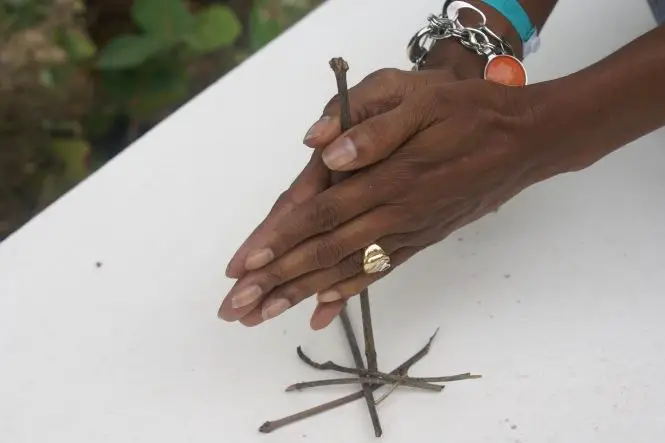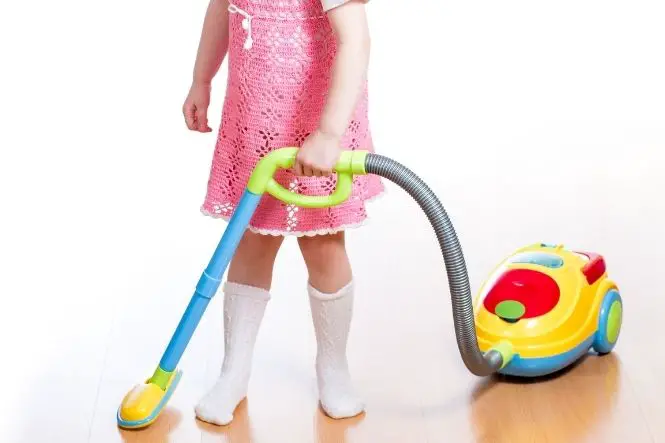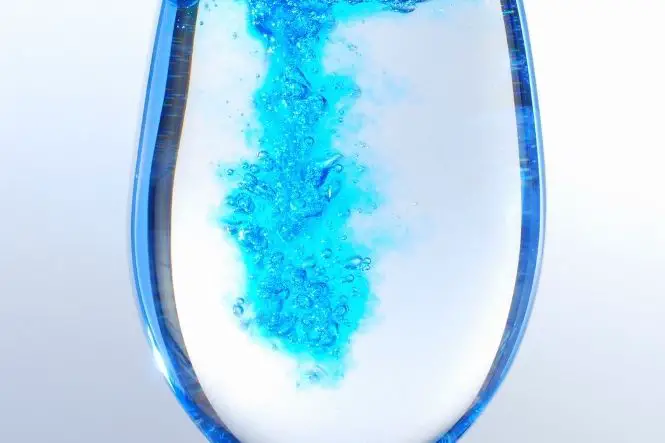Friction is the force that acts between two moving surfaces and tries to stop them moving. Friction can be between two solids, a solid and a liquid, or a solid and a gas. The amount of friction between solid surfaces depends on the weight of the objects and the roughness of the surfaces. The amount of friction between a solid and a liquid or gas depends on the shape of the solid.
Friction between solids seems to be caused by roughness on the two surfaces. These rough surfaces catch together and form bonds that have to be broken to make the objects move. Even seemingly smooth surfaces have tiny amounts of roughness, but the smoother the surfaces, the less friction.
Solids moving through a liquid or gas create a form of friction called drag. This depends on the shape of the object and the thickness (viscosity) of the liquid or gas. Smoother objects create less drag.
Table of Contents
Friction to Keep Warm
Friction turns energy into heat. This can be used to keep warm, but in an engine or a machine, it wastes energy and can cause damage.
Try rubbing hands together, or rubbing hands on a towel or a carpet – they should feel warmer. The friction between the two surfaces creates heat.
Friction to Keep Moving
Friction keeps things moving. There is friction between people’s shoes and the road, which allows them to walk – think about how hard it is to walk on ice, where there is little or no friction. Try pushing different kinds of shoes across a carpet – which moves more easily? Why is this useful?
Different shoes have different amounts of grip – for example, walking shoes and boots designed for walking on ice and snow have more grip (and therefore create more friction) than sandals designed for a summer evening out.
In the same way, cars and bikes have grip on their tyres, and use the friction between the tyres and the road to move.
Friction to Stop Moving
Cut an elastic band to make a long strip of elastic, and tie one end to a piece of string tied round a wooden block or a piece of string tied to a margarine tub. Put the margarine tub or block on a carpet and gently pull on the elastic band to try to make the object move. How long does the elastic band get before the margarine tub or block moves? Try it on a piece of sandpaper, a piece of wood and a plastic tray. Which is the easiest? Put them in order of amount of friction created.
Try the experiment again with a weight inside the margarine tub, or taped to the block – does this make it easier or harder to pull the margarine tub?
The rougher the surface, the more friction created. Weight also increases the amount of friction.
Friction between the brake pads and the wheels on bikes and cars stops the wheels moving, and so stops the bike or car.
Friction isn’t just between solids – moving objects, such as planes and cars, face drag, which is friction with air molecules. Manufacturers try to minimise air resistance by making shapes streamlined and surfaces as smooth as possible.
What Reduces Friction?
Wipe a thin layer of oil across the plastic tray – does this make it easier or harder to pull the margarine tub?
Oil reduces friction between moving surfaces. The oil creates a layer in between the two surfaces, stopping them rubbing on each other. This reduces the amount of heat produced and cuts down wear. This is why oil is used in engines and other machines. Ball bearings act in a similar way to help rollers and surfaces move without touching each other.
Hovercrafts float on a layer of air. This reduces the friction between the bottom of the boat and the sea.
Did You Know?
The study of friction and lubrication is called ‘tribology’.







